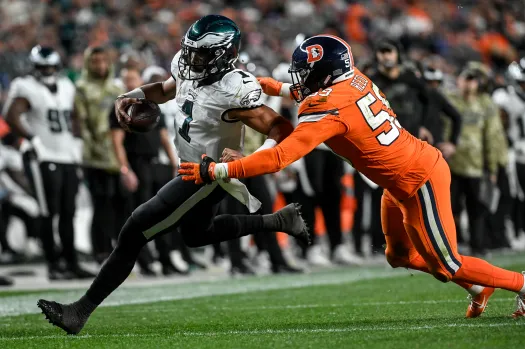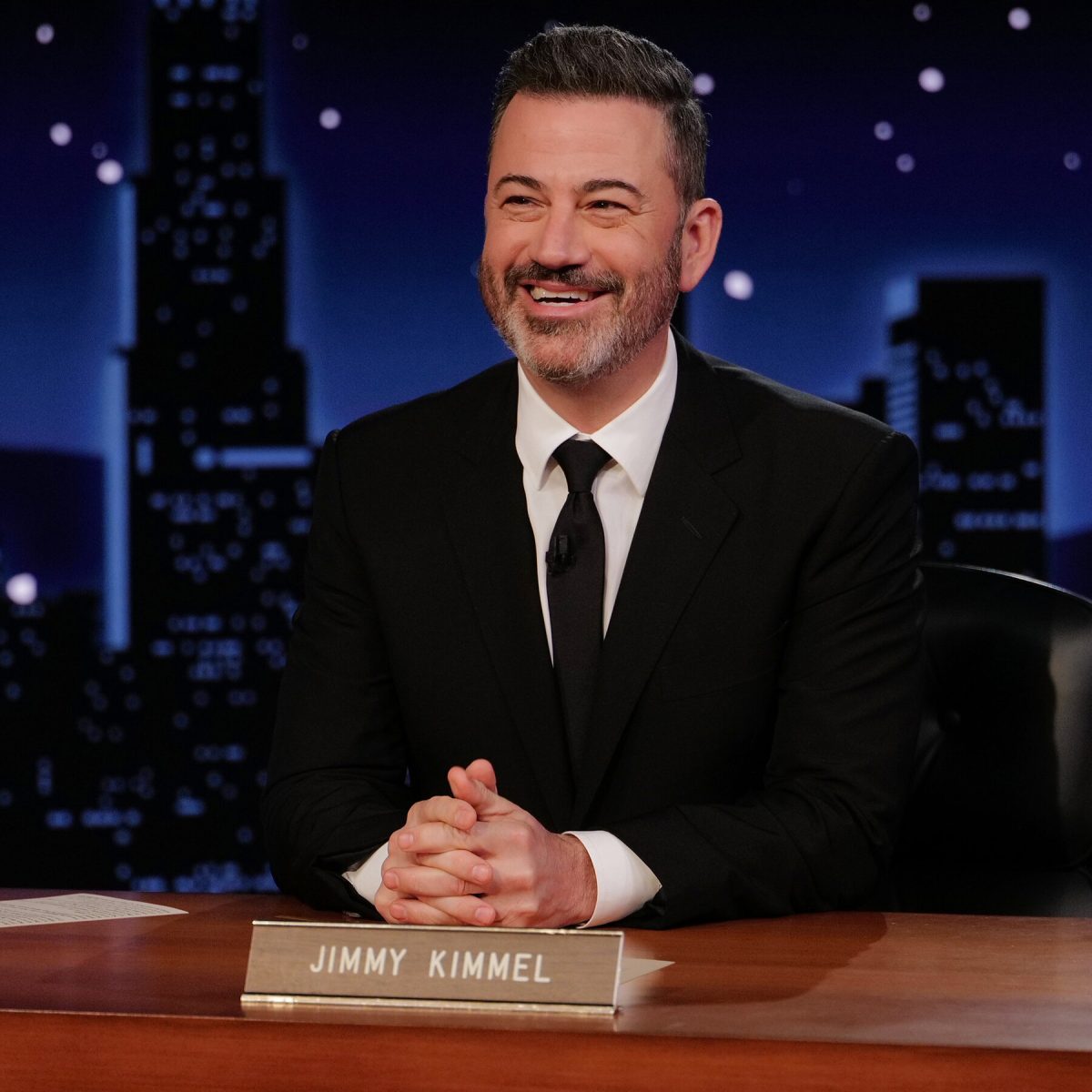No one should have to coach their child on how to survive routine police encounters. Nevertheless, the dreaded “talk” is an exclusive burden parents of color must bear in America. As reflected by the Movement for Black Lives, redefining “policing” and the methods used to protect our communities can foster a society where these discussions are no longer needed.
Police departments vow to preserve the public’s liberty and work interactively with their communities. Despite this, many Black people are terrified of the police, and the nation’s growing cases of police brutality often vindicate these fears. Though police reformation is a discussion point for many activists, the concept of reforms themselves often reinforce oppressive elements of the system. “Defunding the police” is a constantly developing goal which can reduce over-policing and, in tandem, serve as a reinvestment in broken communities. In this context, governments are asked to reallocate a share of police funding into social services where trained specialists can de-escalate non-violent crises (Coleman). Data from the FBI’s Uniform Crime Report indicates that in cities with heightened crime rates only 1% of service calls center violence (Horowitz & Asher). While journalist Rashawn Ray understands this figure does not necessarily negate possible dangers in a situation, he explains that “police at times contribute to the escalation of violent force” (Ray). Tasking specialists to handle specific, non violent calls can limit police presence in areas of marginalized groups. With effective planning, legislature, and advocacy, these transformative effects can serve as a mass investment in Black communities.
The concept of defunding the police is highly controversial, though much confusion stems from the mischaracterization of the subject. Many perceive the word defund as synonymous with disbandment, and those who advocate for defunding must actively differentiate the two. The former does not seek to abolish the police, rather (in some cases) invest in social work pertaining to substance abuse, domestic violence, mental health, and housing. Specifically, the Movement for Black Lives opts to see this investment in Black schools, communities, healthcare, and homes (“What is the BREATHE Act?”). In alignment with abolitionist ideals, their plan for defunding equally centers on financing social services as it does analyzing (and subsequently terminating) the factors which lead people to commit crimes. As the M4BL first compiled these alternatives, they organized with a demand for justice, that “we will no longer be deprived of what others have long enjoyed in this country: basic rights, safety, and freedom.” (“About Us”).
In 2014, the Cleveland-based M4BL was established as an umbrella organization for a coalition of Black activist groups (“About Us”). In the interests of Black liberation and community improvement, over 50 groups such as the Black Lives Matter Network and the Ella Baker Center of Human Rights unified to articulate the objectives, issues, and demands of Black Americans (“About Us”). While members of the M4BL identify as abolitionists, they understand the values of defunding and its feasibility in our social climate. As asserted by the Movement, “When we talk about defunding the police, we’re talking about making a major pivot in national priorities. We’re tired of quick fixes and piecemeal reforms. Ending police violence will require a thoughtful, deliberate, and participatory approach that has already begun” (“The Time Has Come to Defund the Police”). Uplifting Black communities is a central focus of the Movement, and members believe that the concept of defunding should not be an abstract to the community. Rather, it should be effectively explained, supported, and mindful of the individuals it can positively impact. Many participating organizations send local spokespeople to connect with residents about the implications of defunding and “inspire people to imagine what alternatives to violent policing look like” (“What is the BREATHE Act?”). Connecting with the community plays a crucial role in rallying support and paving the road towards long-term progression.
The Movement for Black Lives is committed to achieving concrete change, and in the wake of the murders of George Floyd and Breonna Taylor, proposed defund-centered legislation to manifest their visions into reality. After consulting their collection of Black chapters across the country, the movement’s Electoral Justice Project (EJP) presented the BREATHE Act to state, local, and federal legislators in July 2020 (Uyeda). The bill is championed by Democratic representatives Rashida Tlaib and Ayanna Pressely of Michigan’s 13th Congressional district and Massachusetts’s 7th Congressional district, respectively (“What Is the BREATHE Act?”). The bill’s name is derived from the phrase “I can’t breathe”, an expression used in Black Lives Matter protests to reverence the pleas of police brutality victims (“The People’s Response Act”). The BREATHE Act is a framework which calls for the investment of taxpayer dollars in “a new vision of public safety” rather than violent policing (“What Is the BREATHE Act?”). It’s design addresses police brutality and is sectioned into four regions in which they seek reform:
- “Divest federal resources from incarceration and policing”
- “Invest in new, non-punitive, non-carceral approaches to community safety that lead states to shrink their criminal-legal systems and center the protection of Black lives—including Black mothers, Black trans people, and Black women”
- “Allocate new money to build healthy, sustainable, and equitable communities”
- “Hold political leaders to their promises and enhance the self-determination of all Black communities” (The BREATHE ACT).
Not only does the act specifically seek to invest in Black public schools, but they are staunch advocates for the de-policing of educational environments. “Instead of funding the policing of children, the BREATHE Act wants to see communities fund educational programming and offer free, high-quality health care services, including reproductive care” (Uyeda). The school to prison pipeline is detrimental to Black youth’s success, and it is imperative that we dismantle this channel. M4BL envisions a society where students have access to trained counselors and restorative-justice programs (What Is the BREATHE Act?). When dispatching social services or trauma interventionists, the movement also believes callers should have the option to request specialists that share their gender identity (“What Is the BREATHE Act?”). These progressive measures foster an environment of inclusivity and an admiration for community orientated work.
Pro-police advocates often perceive the M4BL as a collection of dangerous radicals who (in their call for abolition) support a chaotic, crime-filled society (The People’s Response Act). Members of the EJP predicted this mischaracterization as they drafted the proposal and prepared to argue the merit of this bill in news interviews (Uyeda). Members refuse to cower to the baseless arguments of dissenters as Black liberation, racial equality, and legal system reforms remain their priority. Today, they turn their attention towards Black youth as their passion and commitment are central to uplifting a vision of community safety (About Us).
While The BREATHE Act is distinctive in its design against police brutality and the re-allocation of police funding, members of the Electoral Justice Project often drew inspiration from the 1964 Civil Rights Act in their drafting (Uyeda). Both acts have a shared genesis of discrimination, violence, and racial oppression, though all activists approached these obstacles tenanciously. The BREATHE Act is the first in a multitude of proposals from the M4BL. A corresponding People’s Response Act and Drug Policy Reform Act are currently in the works, and the principles of each policy proposal lie on the same anti-discriminatory plain.
The M4BL crafted this bill to be monumental and victorious, for they knew the solution to police brutality and rebuilding Black communities must equate the 400-year-old problem itself.
Works Cited
“The BREATHE Act Unveiling.” YouTube, uploaded by Movement for Black Lives, www.youtube.com/watch?v=gAET2x_rwZ8. Accessed 16 Feb. 2022. Interview.
Coleman, Aaron Ross. “Police Reform, Defunding, and Abolition, Explained.” Vox Magazine, 16 July 2020, www.vox.com. Accessed 16 Feb. 2022.
Horowitz, Ben, and Jeff Asher. “How Do the Police Actually Spend Their Time?” The New York Times, 19 June 2020, www.nytimes.com. Accessed 16 Feb. 2022.
Logo for the BREATHE Act. The Movement for Black Lives, breatheact.org. Accessed 16 Feb. 2022.
Logo for the Movement of Black Lives. The Movement for Black Lives, m4bl.org. Accessed 16 Feb. 2022.
PA Images. Protesters hold signs reading “Defund the police” in front of police officers in downtown Washington DC. 1 June 2020. Red Letter Christians, www.redletterchristians.org/protest-prophecy-and-the-defunding-police/. Accessed 16 Feb. 2022.
“The People’s Response Act.” The Movement for Black Lives, breatheact.org/the-peoples-response-act/. Accessed 16 Feb. 2022.
Ray, Rashawn. “What Does Defund the Police Mean and Why Does It Have Merit?” Brookings, 19 June 2020, www.brookings.edu. Accessed 16 Feb. 2022.
“The Time Has Come to Defund the Police.” The Movement for Black Lives, m4bl.org/defund-the-police/. Accessed 16 Feb. 2022.
Uyeda, Ray Levy. “The BREATHE Act Could Be This Century’s Civil Rights Act. Here’s What You Should Know.” MIC, 22 July 2020, www.mic.com. Accessed 16 Feb. 2022.
Walsh, Joe. “Study: U.S. Police Killings Have Increased since 1980 — and Black Americans Face the Highest Risk of Death.” Forbes, 21 Sept. 2021, www.forbes.com. Accessed 16 Feb. 2022.
“What is the BREATHE Act?” The Movement for Black Lives, breatheact.org/learn-more/. Accessed 16 Feb. 2022.








